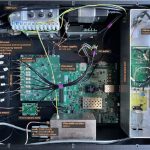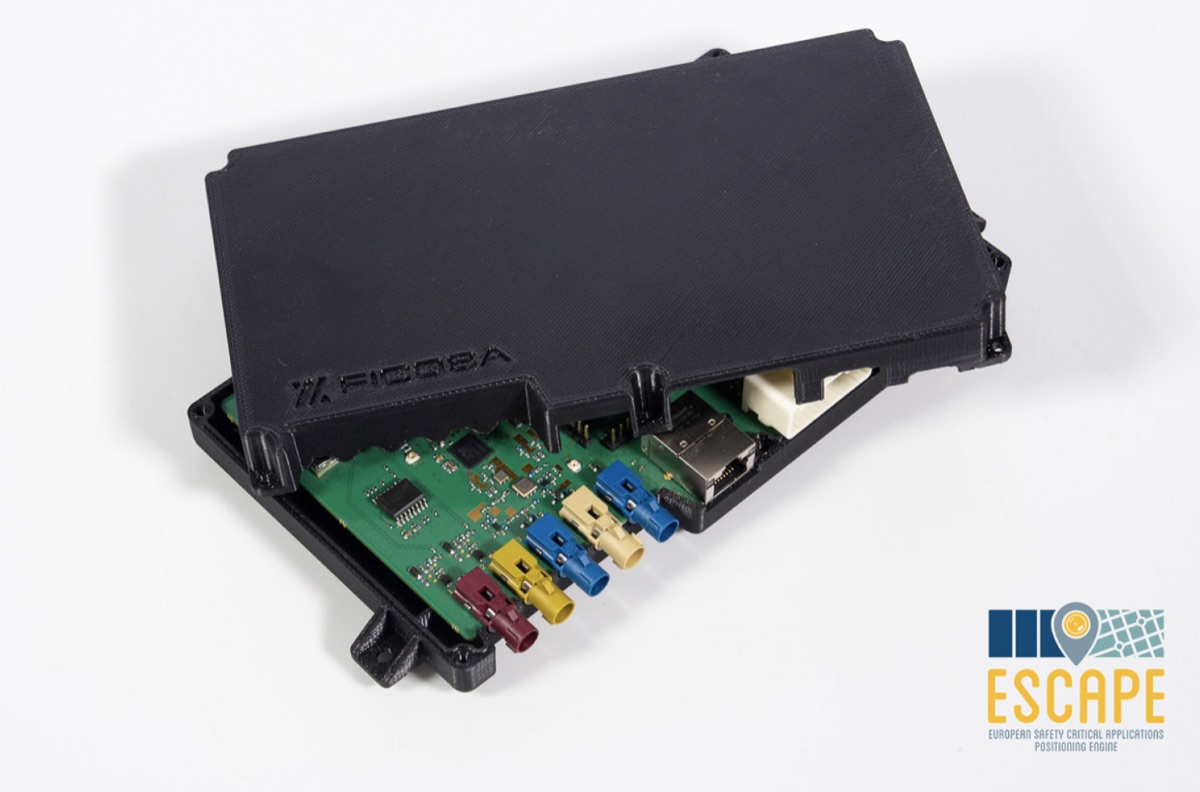GMV NSL Ltd and Thales Alenia Space have presented the results of the NAVISP EL1 034 project, ‘AI-Enabled Baseband Algorithms For High-Fidelity Measurements’ (AlnGNSS). Using selected AI-enabled algorithms, the project demonstrated some significant improvements in PVT performance compared to conventional GNSS PVT methods. However, the overall impact of AI was not substantial.
Applications requiring stringent requirements in terms of positioning and navigation are on the increase, especially in the rapidly evolving transport sector, with more and more autonomous vehicles and machine control applications on the horizon. The challenge lies in managing transfer functions and minimizing environmental issues to obtain the kind of clean measurements that are vital for advanced PNT engines such as Kalman and particle filters, DPE, and PPP/RTK.
The project included a comprehensive review of the state-of-the-art, evaluating AI-enabled algorithms at various stages of the receiver chain. Researchers used a newly designed AI GNSS test bed to investigate, trial and benchmark various AI algorithms. The project ultimately selected three algorithms, out of nine originally considered. The selected algorithms were designed to enable accurate carrier phase measurements and mitigate the impact of multipath interference in developing a reliable tracking loop.
In-depth evaluation
The first algorithm used a supervised Multipath (MP) regression technique with a convolutional neural network (CNN) to estimate pseudorange and mitigate multipath interference after correlation. The second algorithm employed post-correlation processing with supervised regression to generate an ideal auto-correlation function (ACF) output, enhancing its understanding of signal features and characteristics through CNN analysis. The third algorithm, utilizing gradient boosted trees, estimated pseudorange error relative to the reference Rx 1 by utilizing a RINEX format and applying supervised pseudorange regression on four receivers. Two variations of the third algorithm (with and without AI) outperformed a prepared u-blox solution by several meters in each east-north-up (ENU) component at a 95% confidence level.
Data was collected in real-world driving situations, in city centers as well as in rural settings in the UK. Complex environments included deep urban canyons and country roads with thick tree cover. Tests included use of E1, E5a and L5 signal bands and of multi-antenna systems.
While the results of the testing were mixed, said GMV’s Oliver Towlson, speaking at the final project presentation, the outcomes do provide valuable knowledge for successful algorithm development and the establishment of a multi-purpose, multi-device testbed for data acquisition and processing. Occasional significant improvements in PVT performance were achieved, particularly in controlled environments, while the overall impact of AI on the algorithms’ performance was not substantial compared to classical GNSS PVT methods. AlnGNSS was carried out under the ESA NAVISP framework, aimed at supporting innovation and competitiveness in the European PNT sector.






